In Japan, autumn, or “shun no shikuzai” (literally “season of food”), is a time to savor the freshest and most flavorful ingredients. A deep awareness of seasonality is ingrained in Japanese culture, signifying elegance and sophistication. Japanese chefs take great pride in using seasonal produce, believing that people should eat what nature provides at its peak of freshness and flavor. This philosophy goes beyond taste; it’s about appreciating the present moment and connecting with the natural world’s cycles.
New Rice: The First Harvest of Fall
The first rice harvested each autumn, known as “new rice,” is softer, whiter, and shinier than older rice. It holds a special significance in Japanese culture, representing more than just a staple food. While rice is consumed year-round, autumn is the time to truly appreciate the delicate aroma of freshly picked rice. The “new rice” period typically lasts from the autumn harvest through December.
Sanma: The Quintessential Autumn Fish
The arrival of autumn brings a bounty of seasonal delicacies, with sanma, or “Pacific saury,” being a standout. In Japanese, sanma translates to “autumn knife fish,” as massive schools of this fish migrate to the Japanese coast during the fall, making it incredibly fresh and abundant.
Rich in omega-3 fatty acids, sanma boasts a delicate flavor and melt-in-your-mouth texture. Grilled over an open flame and lightly seasoned with salt or a soy sauce and grated daikon radish mixture, it epitomizes autumn cuisine.
Matsutake Mushrooms: A Fragrant Fall Treasure
Matsutake mushrooms, a rare and expensive delicacy, are another autumnal treasure. Their unique aroma and flavor are highly prized, much like truffles in Europe. People enjoy matsutake in various dishes, but perhaps the most exquisite is dobin mushi, a lightly flavored broth with matsutake mushrooms and vegetables. This delicate dish, traditionally cooked and served in a teapot, embodies the essence of Japanese high cuisine.
Ginkgo Nuts and Persimmons: Adding Color to Autumn
Ginkgo nuts are another common sight on Japanese plates in autumn. Often found in dobin mushi, a few ginkgo nuts can evoke a picturesque landscape with their golden hue.
When it comes to fruit, the persimmon, or “kaki,” reigns supreme in autumn. Its brownish-orange color is synonymous with the season in Japan. Peeled and sliced, kaki makes a delightful afternoon snack or a sweet ending to a meal.
Even Convenience Stores Embrace Seasonality
Even Japanese convenience stores get in on the seasonal spirit. Oden, a type of hotpot with various ingredients simmered in a flavorful broth, starts appearing on shelves in September, marking the unofficial start of autumn.

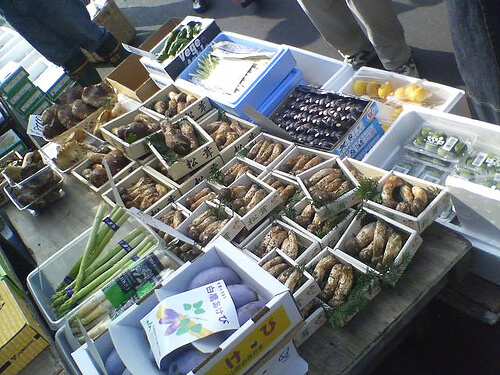
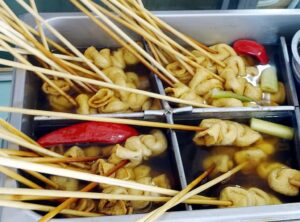


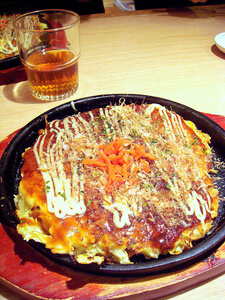

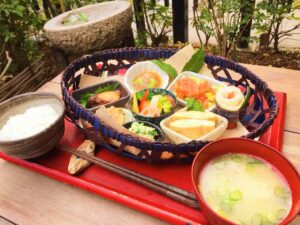
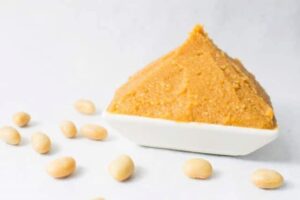
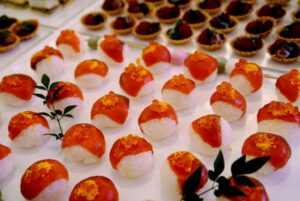
Comments
List of comments (3)
That was a great article, i’m intrested in Japan cuisine -i live in Turkey- but we don’t know much about it except sushi, fish and rice, thank you.
Thanks for using my Kaki photo. Aren’t they just the most amazing fruit 🙂
Greetings from London
Alexia
yes they are! and thank you for taking such nice photo!